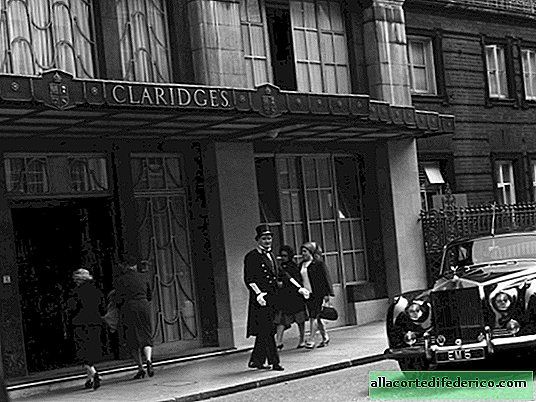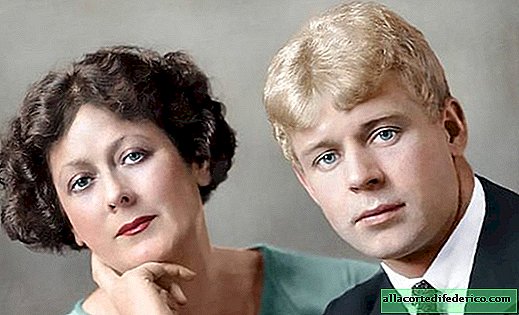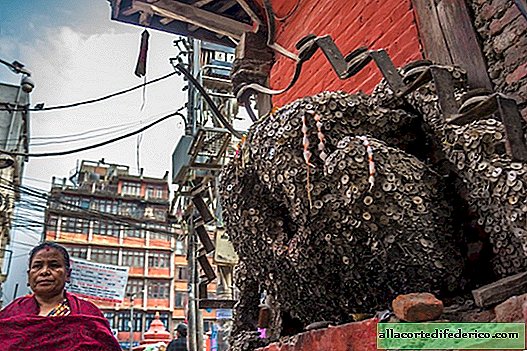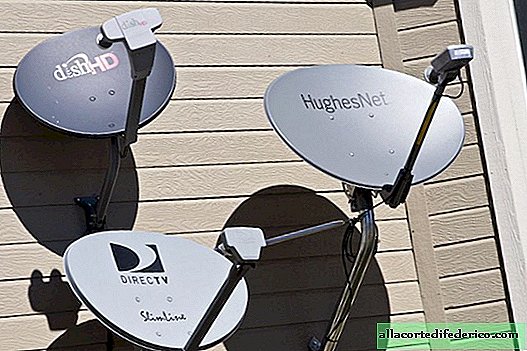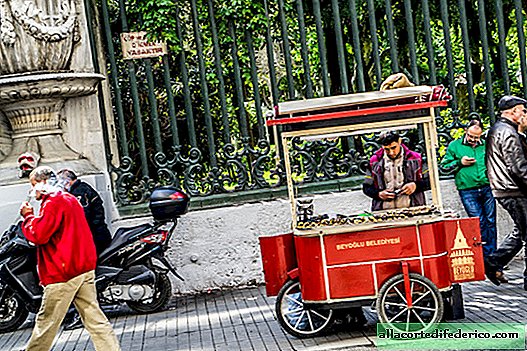Escape from Hong Kong or how to become a millionaire by hijacking a Chinese junky
For centuries, the Jonks have been national pride and the main military secret of the Chinese Empire. Despite the apparent simplicity, these ships could carry a large load, developed high speed, were maneuverable and were successfully used in military battles at sea. For a long time, China managed to protect the technology of their creation by banning the sale to foreigners. But the thirst for profit conquered all fears and prohibitions, and one of the juniors managed to get to New York and even to London, where she made a splash.
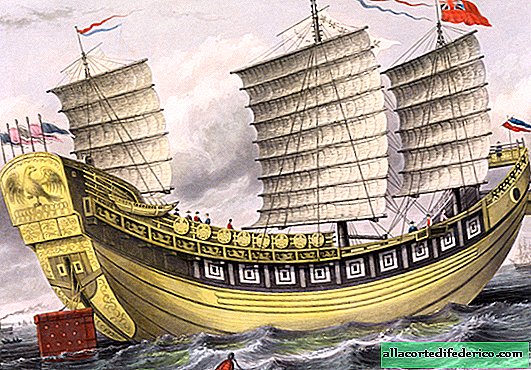
For centuries, China has resisted the European invasion deep into its territory and prevented the disclosure of its national secrets. One of them was the junks - light, fast boats with bamboo masts and sail mats. The largest junks had 5 masts and were quite roomy. They were used both for transporting goods and for participating in sea battles, could climb rivers and swim in coastal seas. The famous traveler Marco Polo, who spent several years in China, admired the fact that there were waterproof partitions in the holds of these vessels, while in Europe they did not even know about such technology. That is, if such a ship received a hole, it did not go to the bottom, and in most cases remained afloat due to the fact that the hold was divided into several isolated compartments.

Chinese junks were forbidden to sell to foreigners, and this rule was strictly observed until the XIX century. In the late XVIII - early XIX centuries, under the Qing Empire, the Chinese actively sold their goods to Europe, but the British, Dutch and other Europeans were practically not allowed into their territory and strongly opposed the influence of the West. Only the Portuguese managed to gain a foothold in Macau, and the British merchant ships called at the seaports of China. But the insidious British provoked the Opium Wars, which greatly weakened the empire, forcing China to start trade with the west and make significant concessions. It was during this period that the theft of John Kheiing took place.

Today it is difficult to say who was the Chinese owner of the famous junky, all that is known is that the British participated in her abduction from Hong Kong. This happened in 1946, when the subjects of the British Queen, who received the city after the defeat of China in the First Opium War, already ruled in Hong Kong. Jonka left her native seas in December 1946 and, led by the English captain Charles Kellett, crossed the Indian Ocean, circled Africa and, after traveling across the Atlantic, anchored in the port of New York. This happened in July 1947, 7 months after the abduction, and it was precisely the abduction, since the Chinese sailors, who made up the bulk of the crew, initially believed that the ship was going to one of the regions of Southeast Asia, but not to the shores of America .

Of course, the Chinese junky in the port of New York - this was an extraordinary event. Every day, several thousand visitors boarded the Kheiin, bringing considerable income to the British. The same overwhelming success awaited the junior in Boston, where the ship arrived a few months later. After the American triumph, a Chinese ship, led by enterprising English, sailed to London, breaking the Atlantic in just 21 days. Here history repeated itself, hundreds of thousands of tourists visited the junior, including Queen Victoria herself.

